Ground shipping is currently paused. Local deliveries throughout Long Island will continue as usual. Pre-orders for fall are now open. Non-local orders will begin shipping again in early September. Click here to learn more.
Please be aware that all shipping will be suspended on December 23 and will resume January 5. Dismiss
Skip to contentGround shipping is currently paused. Local deliveries throughout Long Island will continue as usual. Pre-orders for fall are now open. Non-local orders will begin shipping again in early September. Click here to learn more.
| Size | |
|---|---|
| Common Name | |
| Type | |
| Family | |
| Native? | |
| Zone | 3, 4, 5, 5b, 6, 7 |
| Height Range (ft.) | 40 to 60 |
| Spread (ft.) | 25 to 30 |
| Bloom Time | |
| Bloom Description | Brown, Cylindrical cones, Green |
| Sun | |
| Water | |
| Maintenance | |
| Suggested Use | |
| Tolerate | |
| Growth Rate | |
| Attracts |
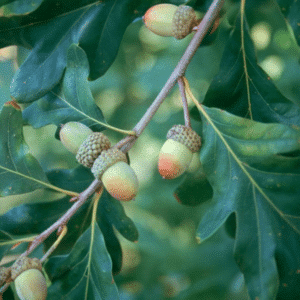
Picea abies, or Norway Spruce, is a fast-growing, pyramidal evergreen with graceful drooping branches, ideal for windbreaks and large landscape screening.
$381.99
Please note: Sizes 1.5 Gallon and up can’t be shipped outside the counties of Nassau, Suffolk, and Queens.
Learn more about how the process works and how our plants are delivered.
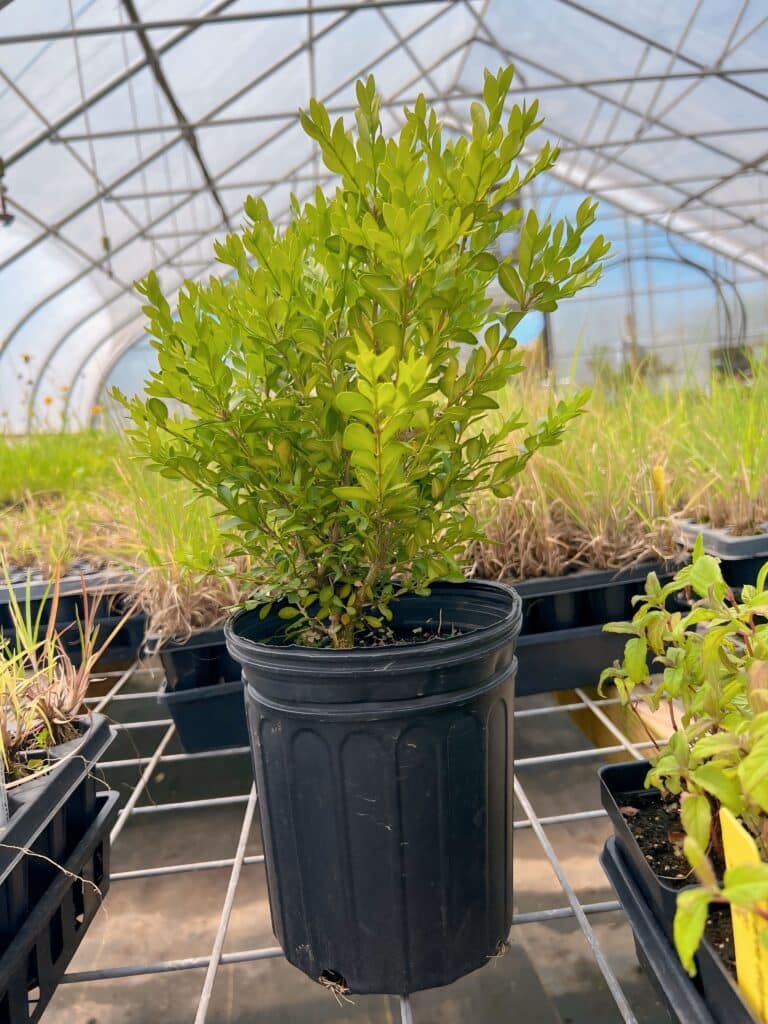

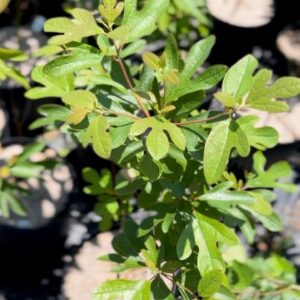
Ground shipping is paused due to summer heat. Only local delivery (Long Island & Queens) is available. Orders placed during the pause will begin processing September 1, and ground shipping will resume September 15.
| Size | |
|---|---|
| Common Name | |
| Type | |
| Family | |
| Native? | |
| Zone | 3, 4, 5, 5b, 6, 7 |
| Height Range (ft.) | 40 to 60 |
| Spread (ft.) | 25 to 30 |
| Bloom Time | |
| Bloom Description | Brown, Cylindrical cones, Green |
| Sun | |
| Water | |
| Maintenance | |
| Suggested Use | |
| Tolerate | |
| Growth Rate | |
| Attracts |
Picea abies, commonly known as Norway Spruce, is a large, fast-growing evergreen conifer valued for its classic pyramidal shape, gracefully drooping branches, and ability to establish quickly in a wide range of soils. Reaching heights of 40 to 60 feet (and much taller in time), this European species is often used as a windbreak, screen, or specimen tree. Its dense, dark green needles and symmetrical form make it a favorite in formal landscapes and large properties. However, as a non-native, Norway Spruce does not support local pollinators or wildlife as effectively as native conifers.
Fast-growing evergreen: Provides quick privacy and wind protection
Elegant form: Graceful, sweeping branches offer classic evergreen appeal
Cold hardy: Performs well in northern climates and harsh winter conditions
Sun exposure: Full sun is essential for healthy growth and form
Soil needs: Tolerates a wide range of soils, but prefers moist, well-drained locations
Maintenance: Very low; prune only to shape or remove lower branches if desired
Windbreaks and screens: Ideal for quick coverage on larger properties
Specimen planting: A bold, traditional evergreen for open landscapes
Perimeter planting: Defines boundaries while offering visual and wind protection
Non-native species: Offers limited habitat and food for native insects and birds
Not a host plant: Does not support native lepidoptera or specialized pollinators
Better with natives: Combine with native evergreens to create ecological balance
Juniperus virginiana – Eastern Red Cedar: A tough native evergreen with a pyramidal form and blue berries that support birds and wildlife.
Pinus strobus – Eastern White Pine: A graceful native pine with soft blue-green needles, ideal for windbreaks and reforestation.
Ilex opaca – American Holly: A tall, pyramidal broadleaf evergreen native to the eastern U.S. with year-round structure and wildlife value.
/5
Total reviews
|
|
Persons recommended this product
Anonymous
Shopper
check_circle Verified
Shop owner replied
Was this helpful
Anonymous
Shopper
check_circle Verified
Shop owner replied
Was this helpful
There are no reviews yet.
Be the first to review “ ”
Your feedback helps us improve our service.
Please log in to submit a review.
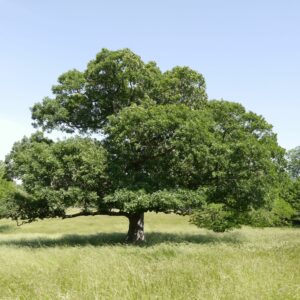
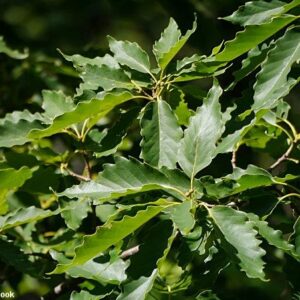
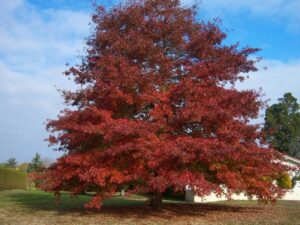
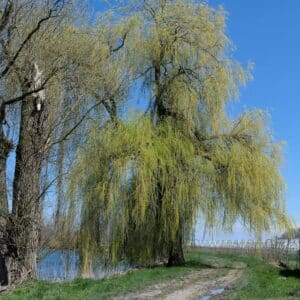
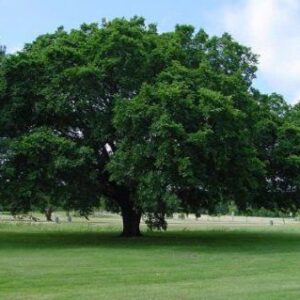
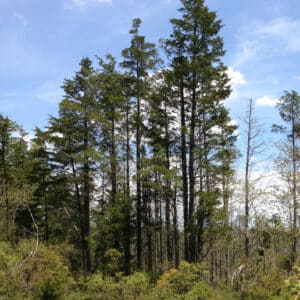
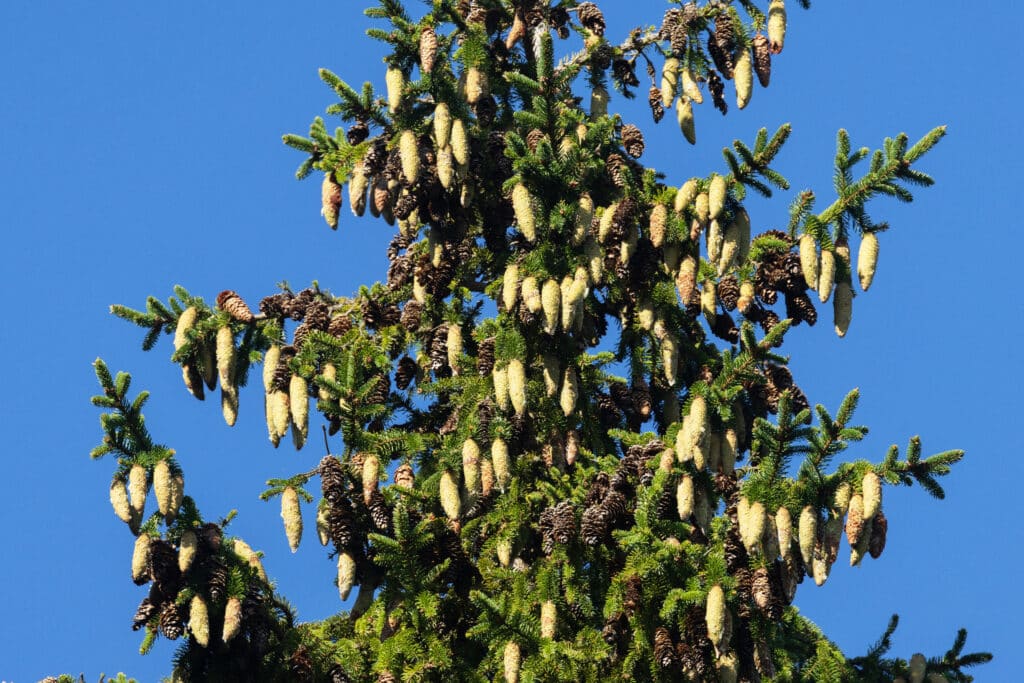
No. Picea abies is native to northern and central Europe, not North America. While widely planted in the U.S. for ornamental use, windbreaks, and timber, it is a non-native species and does not support native insects and wildlife as effectively as native spruces.
Norway Spruce is a fast-growing, large evergreen tree that can reach 60 to 100 feet tall and 25 to 40 feet wide at maturity. It features a broad pyramidal form, dense branching, and graceful, drooping branch tips, making it a striking choice for screens, windbreaks, or large landscapes.
This tree thrives in full sun and prefers moist, well-drained, slightly acidic soil, but it adapts well to a variety of soil types, including clay and loam. It is hardy in USDA zones 3 through 7 and tolerates cold temperatures, wind, and urban pollution, though it does not perform well in hot, humid climates.
To a limited extent. Norway Spruce can provide shelter and nesting sites for birds and small mammals, but it does not support native caterpillars or specialist insects, and thus contributes less to local biodiversity than native conifers like Picea glauca (White Spruce) or Tsuga canadensis (Eastern Hemlock).
Yes. Norway Spruce is considered deer-resistant due to its sharp needles and dense branching. It is also low-maintenance, requiring little pruning and having good resistance to pests and disease. Its rapid growth and adaptability make it a popular choice for screening and reforestation projects.
Our gift cards make it easy to share the beauty of plants, flowers, and all things green. Whether for a special occasion or just because, give the gift of choice and let them select their favorites to create a garden they’ll cherish.
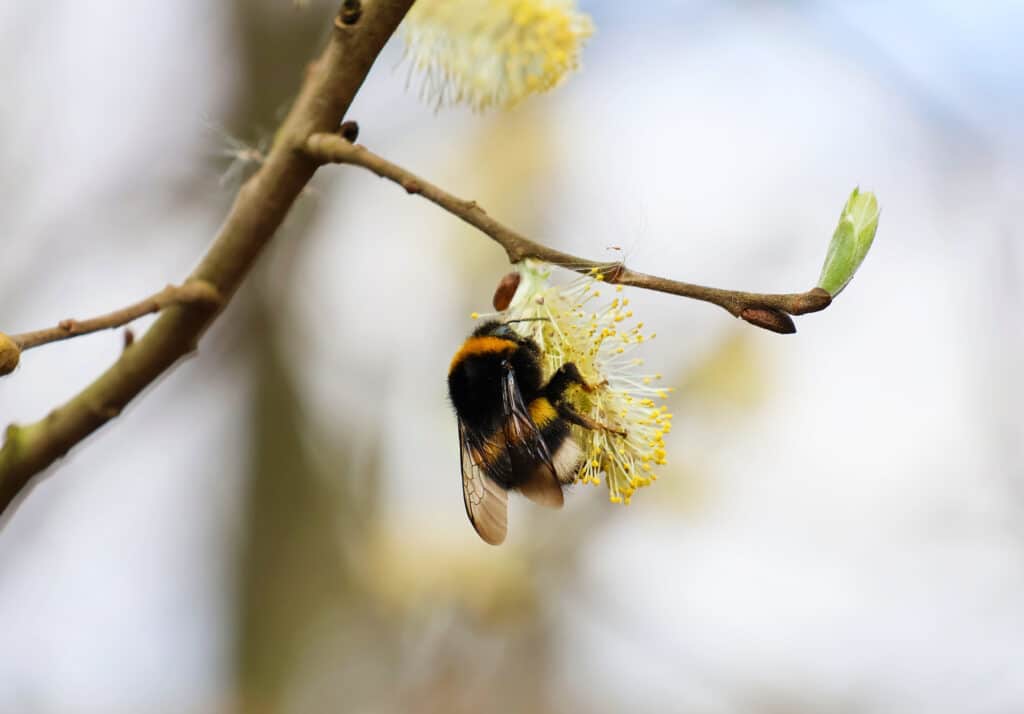
Only Local Delivery Available (Long Island & Queens)
Ground Shipping Paused
To protect our plants from extreme summer heat, we’ve paused nationwide ground shipping to avoid any damage during transit.
Local Delivery Only
We’re still delivering locally to Long Island and Queens, so nearby customers will continue to receive orders as usual.
Fall Pre-Orders Are Open Nationwide!
We will resume normal shipping for non-local orders placed during the pause in early September.
Thank you for your support and understanding—we’re looking forward to growing with you this fall!